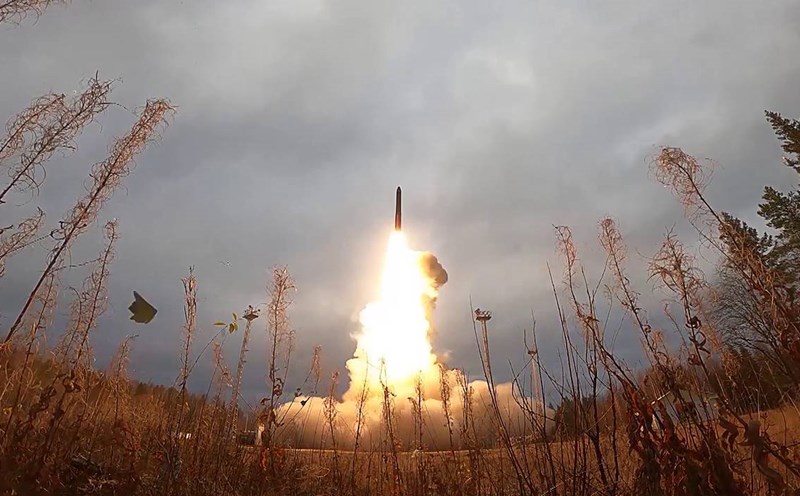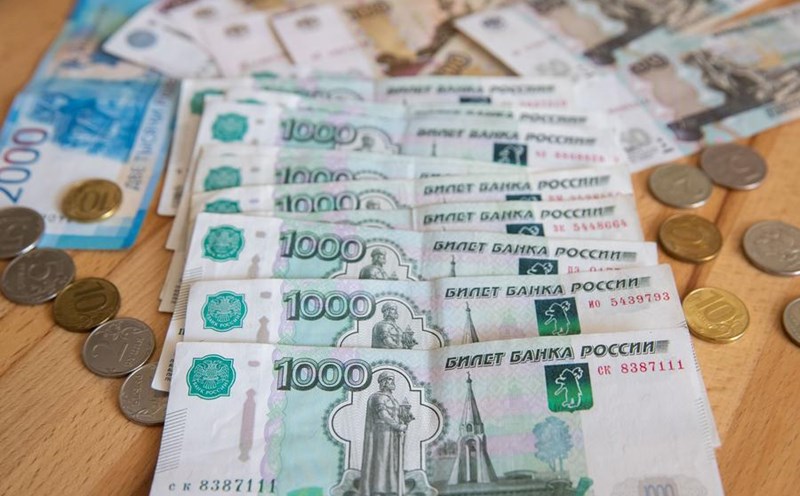This is considered an important milestone in the "de-dollarization" strategy that Russia has been pushing forward since being isolated by the West from the global financial system.
According to data from the Russian Central Bank, the rate of export transactions paid in rubles in May reached 52.4%, slightly higher than the 52% in April.
Although it is only a slight increase, it is noteworthy that for the first time the ruble has dominated all major trade regions, from Europe, the Americas, Africa to remote island countries.
Specific figures show the clear dominance of the ruble in many markets.
Atlantic: 94.2% of export transactions use rubles; Caribbean: 92.1%; Africa: 84.6%; Europe: 59.8%; North America: 51.9%.
In trade with neighboring countries and key partners, the trend of using domestic currency is even stronger. By the end of May, nearly 90% of payments to neighboring countries had been made in national currencies, while 95% of Russia-China transactions were made in rubles - yuan.
After major Russian banks were excluded from the international payment system SWIFT in 2022 due to sanctions related to the conflict in Ukraine, Moscow has accelerated the process of financial autonomy. Russian businesses and financial institutions are increasing the use of alternative payment platforms and prioritizing domestic currency to reduce risks from Western currencies such as the USD and the Euro.
Professor Tatiana Belyanchikova from Plekhanov University of Economics commented on Rossiyskaya Gazeta: The increase in the use of rubles is taking place at the same time as the gradual decline in the proportion of currencies from friendly countries. This shows that many trading partners, especially those that do not use USD or Euro, are choosing rubles to avoid conversion costs and have better trading conditions.
Analysts say Russia's proactive exit from the Western financial system is reshaping global monetary flows. The shock of sanctions forced Moscow and many partners to adapt quickly, and as a result, the ruble has increasingly been accepted as a viable and stable trade currency in the Asia- Europe region.











